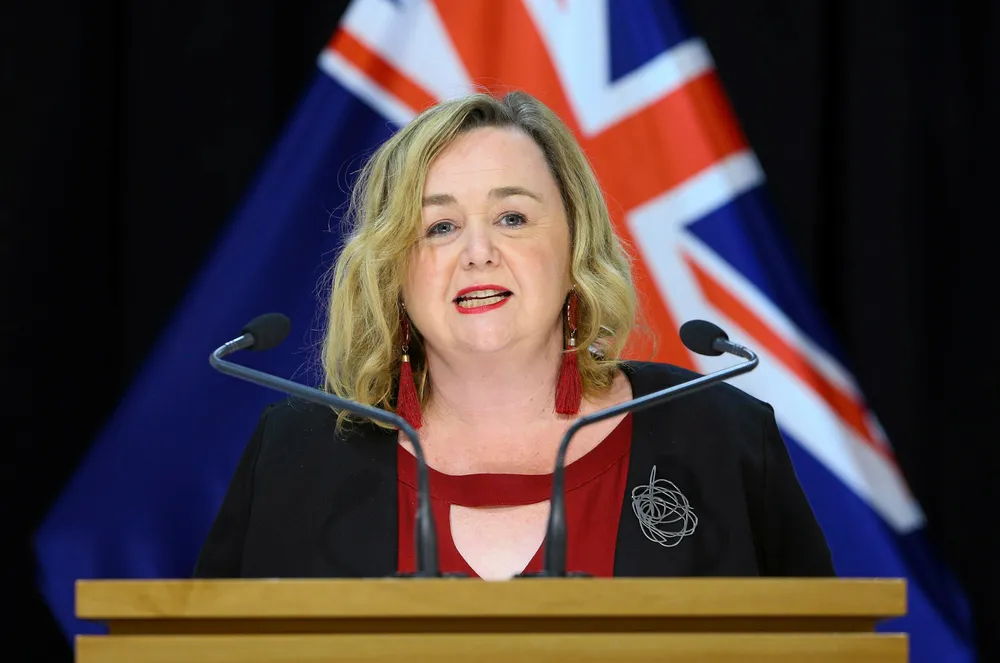New Zealand unveils subsidies for industrial users of green hydrogen to cover cost gap between fossil fuels and H2
Government has budgeted NZ$100m over the next decade to encourage companies to make the switch, to be allocated in an auction-based system
